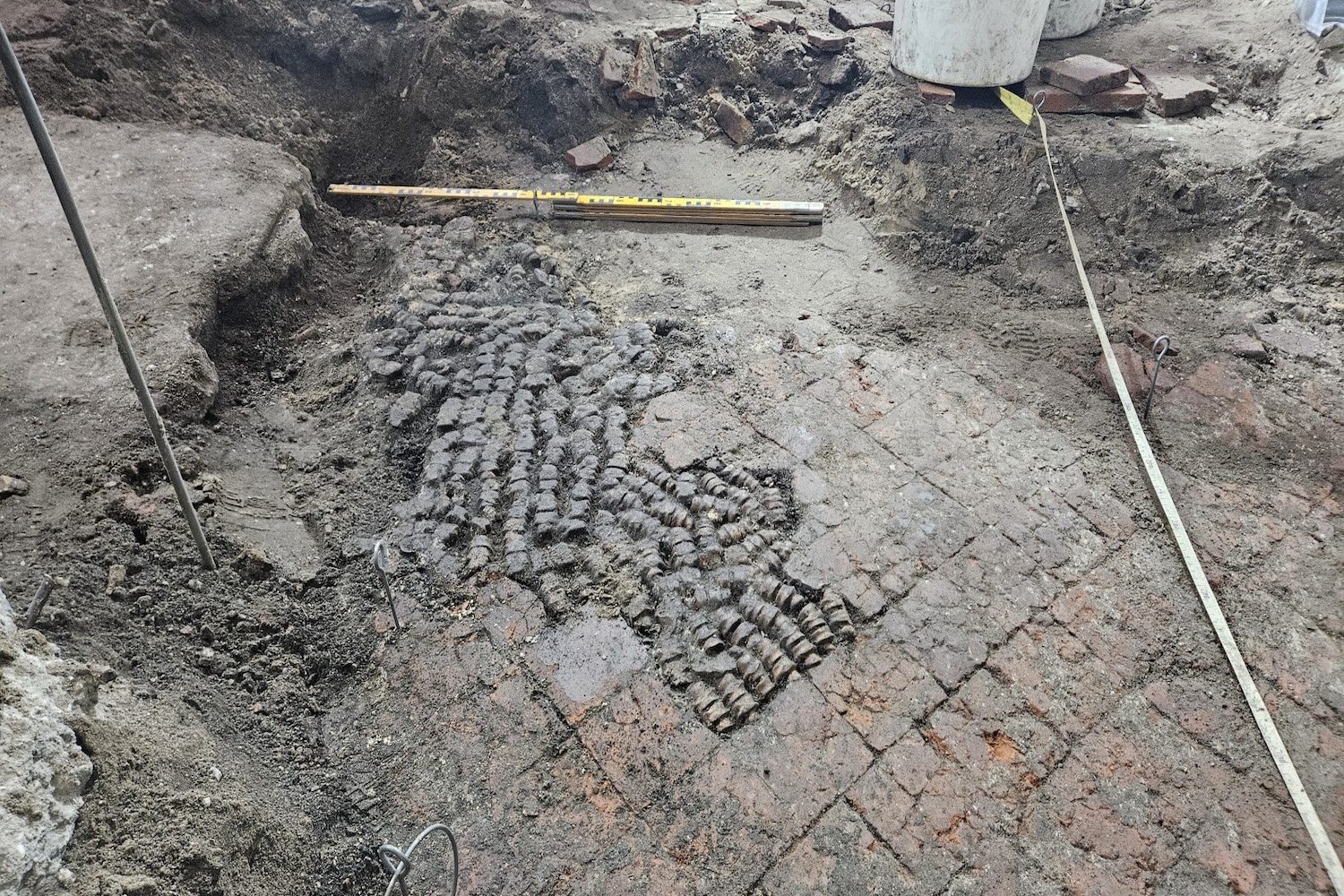In what sounds like a clichéd horror movie premise, a recent investigation suggests as many as 7,000 bodies are buried across 20 acres at the Mississippi Medical Center Campus—the former site of the state’s first mental institution. Officials at the university now face the grim task of pulling 100-year-old bodies out of the ground for scientific analysis.
From 1855 to 1935, some 35,000 patients were admitted to the Insane Asylum, as it was called. Many of those who died during their stay were buried at the facility’s cemetery. The Insane Asylum was relocated over 80 years ago, and the grounds that hold the deceased now belong to the University of Mississippi Medical Center.
Back in 2013, construction workers uncovered 66 coffins on the campus—but this proved to be the tip of the iceberg. When construction began on a parking garage in 2014, ground-penetrating radar revealed the presence of 1,000 coffins. Subsequent surveys revealed a total of 2,000 coffins. Current estimates now place the total number of coffins buried beneath the campus at approximately 7,000.
Officials at the university estimate that it’ll cost about $3,000 to exhume and rebury each body, at a total cost of $21 million. The university is now considering an alternative plan in which it’ll do the work in-house, at a cost of $400,000 per year over the course of eight years. The remains of the 66 patients uncovered in 2013 will be reburied following scientific analysis, but the university says it’ll leave the thousands of other bodies where they lie, and find new locations for its development projects. A memorial would be created to commemorate the remains, along with a visitor’s center and a lab where the bodies, clothing, and coffins will be analyzed. Should the science lab be built, it’ll be the first facility of its kind in the United States.
“It would be a unique resource for Mississippi,” said UM anthropologist Molly Zuckerman in The Clarion Ledger. “It would make Mississippi a national center on historical records relating to health in the pre-modern period, particularly those being institutionalized.”
To get things started, the university has created the Asylum Hill Research Consortium, a group of experts consisting of anthropologists, archaeologists, and historians. It’s hoped that grants will make it possible for outside researchers to join the study.
“We have inherited these patients,” said Ralph Didlake, who oversees UMMC’s Center for Bioethics and Medical Humanities, in The Clarion Ledger. “We want to show them care and respectful management.”
A possible research angle would be to extract and study the DNA of all patients exhumed at the Asylum’s cemetery. This would make it possible to identify living family members who may come forward. The university is planning to compile a list of patients and post it online.
Some scientific work has already begun. Researchers at Mississippi State University’s Cobb Institute have been examining the remains of the 66 patients uncovered in 2013. Using genetic sequencing, the scientists have reconstructed oral bacteria from the remains, which can tell a story about each patient’s overall health. Another study is looking into the skeletons’ tooth enamel, which points to nutritional deprivation and other health markers. A third study is investigating the presence of pellagra, a disease caused by Vitamin B deficiency which was very common in the South during the early 20th century.
Prior to the founding of Mississippi’s Insane Asylum, people suffering from mental illnesses were simply thrown into jail cells, or banished to attics. The new facility offered a better place for patients, but conditions remained harsh. Between 1855 and 1877, around one in five patients died during their stay. The institute was expanded after the Civil War, and at its height around 6,000 patients were housed at the facility. In 1935, the Insane Asylum was moved to its current location of the State Hospital at Whitfield.
The discovery of these 7,000-or-so coffins must have come as quite a shock to the university and its students. It’s all very creepy, to be sure, but given the new opportunities for scientific investigation, it might actually be a blessing in disguise.













